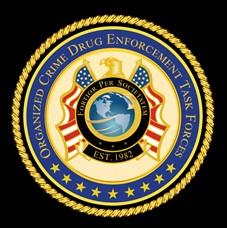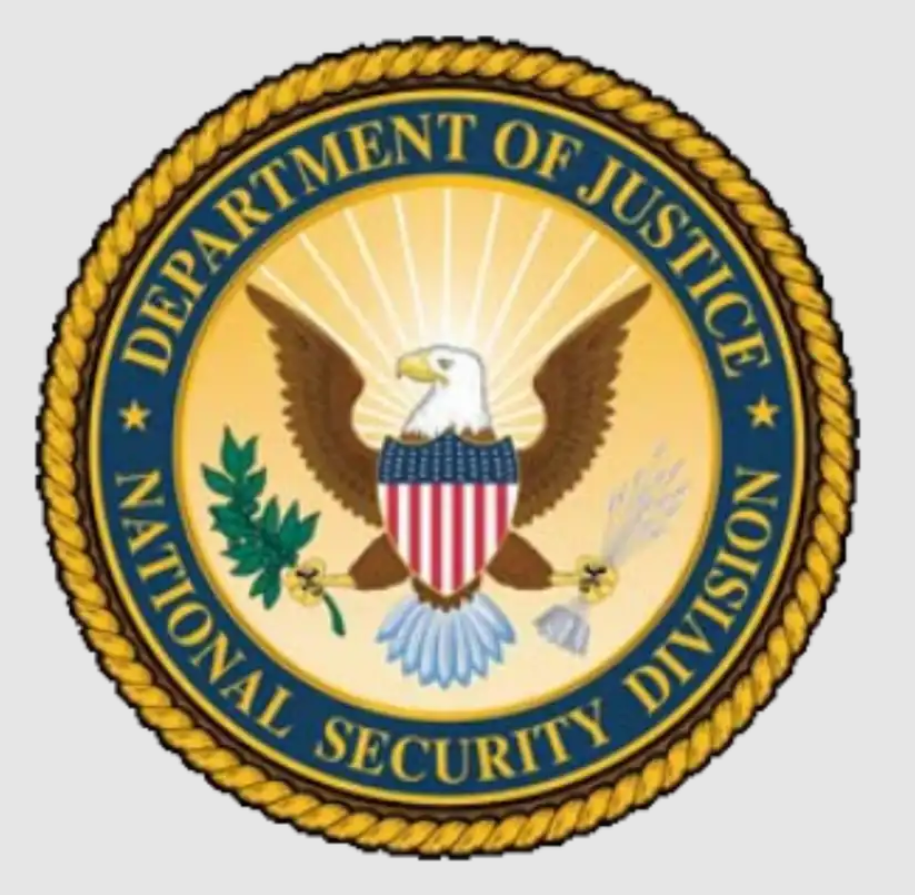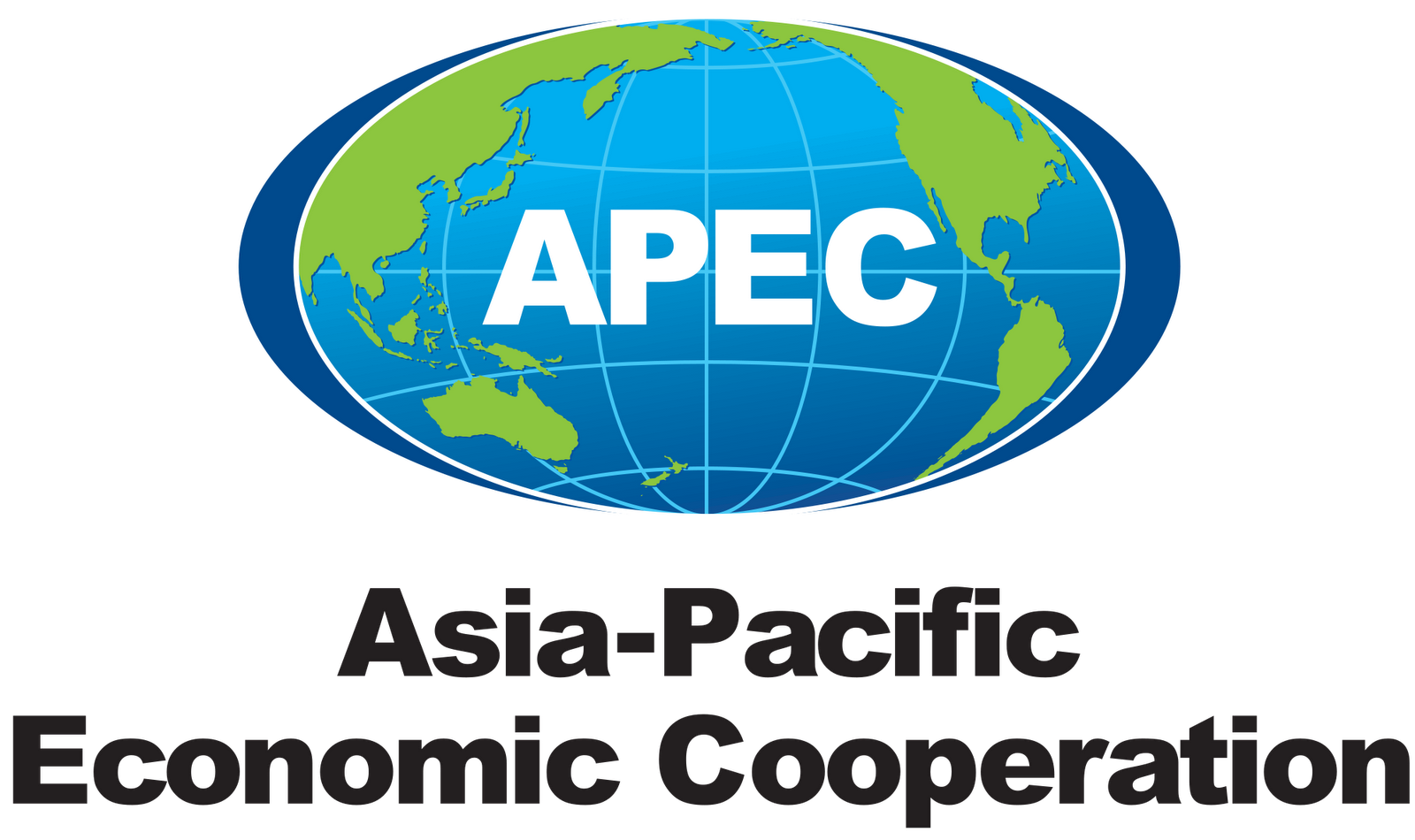Part 2 of 2 Parts (Please read Part 1 first)
Beginning in early 2020, Ebisawa informed UC-1 and a DEA confidential source (CS-1) that Ebisawa had access to a large quantity of nuclear materials that he wanted to sell. Later in 2020, Ebisawa sent UC-1 a series of photographs showing rocky substances with Geiger counters measuring radiation, as well as pages of what Ebisawa represented to be lab analyses indicating the presence of thorium and uranium in the depicted substances. In response to Ebisawa’s repeated inquiries, UC-1 agreed, as part of the DEA’s investigation, to assist Ebisawa with the sale of his nuclear materials to UC-1’s associate, who was posing as an Iranian general (the General), for use in a nuclear weapons program. Ebisawa then offered to supply the General with “plutonium” that would be even “better” and more “powerful” than uranium for the construction of nuclear weapons. Ebisawa also proposed, together with two other co-conspirators (CC-2 and CC-3), to UC-1 that CC-1 sell uranium to the General, through Ebisawa, to fund CC-1’s weapons purchase.
On a February 4th, 2022, videoconference, CC-2 told UC-1 that CC-1 had available more than forty-four hundred pounds of Thorium-232 and more than two hundred and twenty pounds of uranium in the compound U3O8. This is a compound of uranium commonly found in the uranium concentrate powder known as “yellowcake”. He added that CC-1 could produce as much as five tons of nuclear materials in Burma. CC-2 also advised that CC-1 had provided samples of the uranium and thorium, which CC-2 was prepared to show to UC-1’s buyers. CC-2 mentioned that the samples should be packed “to contain. . . the radiation.” One week later, Ebisawa, CC-2, and CC-3 participated in a series of meetings with UC-1 and CS-1 in Southeast Asia. The purpose of the meetings was to discuss their ongoing weapons, narcotics, and nuclear materials transactions. During one of these meetings, CC-2 requested that UC-1 meet him in CC-2’s hotel room. Inside the hotel room, CC-2 showed UC-1 two plastic bottles each holding a powdery yellow substance which CC-2 described as “yellowcake.” CC-2 claimed that one container held a sample of uranium in the compound U3O8, and the other container held Thorium-232.
With the help of Thai authorities, the nuclear samples were seized and transferred to the custody of U.S. law enforcement. A nuclear forensic laboratory in the U.S. examined the nuclear samples and found that both samples contain detectable quantities of uranium, thorium, and plutonium. In particular, the laboratory determined that the isotope composition of the plutonium found in the nuclear samples is weapons-grade. This means that this plutonium, if produced in sufficient quantities, would be suitable for use in a nuclear weapon.
Ebisawa pleaded guilty to six counts contained in the superseding indictment. A federal district court judge will decide on any sentence after considering the U.S. Sentencing Guidelines and other statutory factors.
The U.S. DEA is investigating the case with assistance from the DEA Tokyo Country Office, DEA Bangkok Country Office, DEA Chiang Mai Resident Office, DEA Jakarta Country Office, DEA Copenhagen Country Office, DEA New York Field Office, DEA New Delhi Country Office, Justice Department’s Office of International Affairs, and U.S. law enforcement partners in Indonesia, Japan, and the Kingdom of Thailand.
This prosecution detailed above is part of an Organized Crime Drug Enforcement Task Forces (OCDETF) operation. OCDETF identifies, disrupts, and dismantles the highest-level criminal organizations that threaten the U.S. using a prosecutor-led, intelligence-driven, multi-agency approach.
Assistant U.S. Attorneys Kaylan E. Lasky, Alexander Li, and Kevin T. Sullivan for the Southern District of New York are prosecuting the case with help from Trial Attorney Dmitriy Slavin of the Justice Department’s Counterterrorism Section.
Organized Crime Drug Enforcement Task Forces



